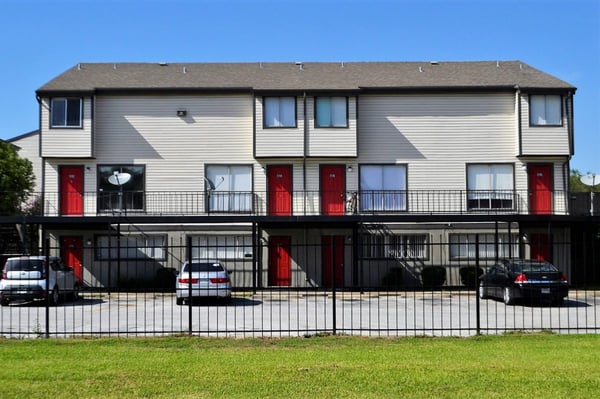When you build a property that is designed for renters, whether it’s a multi-unit apartment or a single-family home, tenant retention is a big consideration. Especially if the tenants are good tenants who properly care for the property and pay their rent on time, you want them to stick around for as long as possible. Renter turnover results in added costs for you in carpet replacement, paint, cleaning, repairs, etc. Keeping your tenants happy is likely to result in more longevity, so let’s discuss some best practices around tenant retention.
Communication
Keep the lines of communication open. When a tenant signs their lease, ask them their preferred way to be contacted. Make sure you contact them via their preferred method, whether it’s text, email or phone call. When you’re sending notices for various things, also give your tenants a call. Be receptive to their needs and be an active listener.
Prompt Responses
When a tenant contacts you with a problem, to discuss rent payments or any other reason, be sure to respond right away. You may not always be able to answer the phone or respond to a text or email immediately, but you should always respond as quickly as possible. Even if it’s just to let them know that you received their message and you are working on it, letting your tenants know you’re getting their messages is huge. People want to know they are heard and that their messages are being seen. Plus, this will cut down on repeated phone calls and emails from frustrated tenants who want a problem solved.
Maintenance
Prior to move-in, every tenant should be encouraged to do a walk-through and make note of any possible dings or damages to the property. Most repairs will have already taken place after the previous tenants moved out, but sometimes there are missed items. This helps the tenant feel comfortable that they will not be charged for a problem they did not contribute to. You should also ensure that any maintenance issues are handled as quickly as possible, preferably within 24 hours. Even if the maintenance technician cannot fix it that fast, they should inspect the issue to see how to fix it and what parts might need ordered.
If a maintenance technician has to be called in for any reason, be sure to communicate effectively with the tenant. Either gain written permission to access the property while they are gone or give them time to make arrangements to be there. When maintenance issues are solved quickly, or at least communicated effectively, tenants are more likely to stay in the property.
Always call before entering the property. If possible, provide 24-hours written notice as well.
Screening
You want to keep tenants in your rental properties, but you really only want tenants who pay on time and won’t destroy the property. Screening is a way to weed out the bad apples. Obtain eviction reports, credit reports and criminal background checks. Call current and past landlords and verify employment. Look at housing history to determine if they move every year or stay longer. The more thoroughly you screen applicants, the more likely you are to rent to the right people.
Know When to Let Someone Go
Even if you’ve done everything you can, there are some relationships that just won’t work. It could be a personality conflict, it could be that even though they pay on time, they are loud. It could be the incessant maintenance requests. There are a number of reasons you wouldn’t want to keep a tenant on you property, and when that happens, you have to know when to let them go. If it’s a multi-unit property, you don’t want bad renters scaring off your good renters. When their lease is up, let them go. As the saying goes, you can’t please everyone!
Increasing tenant retention means more revenue, which can be used to make improvements or set aside as a rainy-day fund for emergencies. Keeping the lines of communication open, providing prompt responses and solid maintenance are all keys to making your tenants happy. Knowing when to let a renter go can be difficult, but sometimes ending the relationship is best for both parties.

Recent Posts
- Spec Construction Loans: A Spec Line of Credit Is Worth the Paperwork
- Spec Homes and Pre-Sale Homes: The Relative Benefits for a Spec Builder
- How a Lender Sees Spec Construction Success: Insights for the Investor Builder
- How Is a Spec House Different From Other Kinds of House Construction?
- How a Private Lender Compares to a Bank Lender for a Spec House Construction Loan
